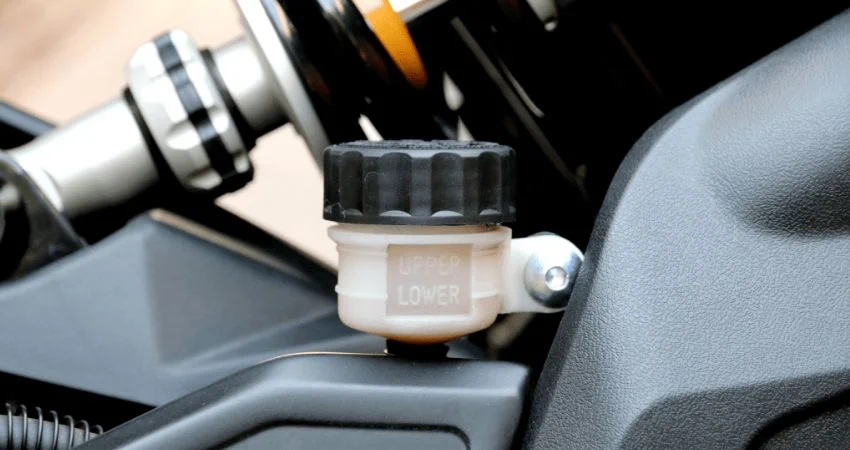Here’s how your car might be telling you that the transmission fluid is running low, and what you should watch out for.
1. Delayed or Sluggish Gear Shifts
One of the most common signs of low transmission fluid is a noticeable delay when shifting gears. Whether it’s automatic or manual, your transmission relies on fluid pressure to engage gears smoothly.
If that pressure drops, you may feel hesitation, slipping, or rough gear changes, especially when accelerating.
If your car takes too long to shift from park to drive or hesitates between gears, low fluid could be the cause.
2. Transmission Slipping
If your car unexpectedly shifts out of gear or the engine revs without increasing speed, your transmission may be slipping.
This usually means the transmission doesn’t have enough fluid to create the pressure needed to stay engaged.
Ignoring this can cause permanent damage. If you notice this symptom, check your fluid immediately.
3. Unusual Noises
Low transmission fluid can lead to poor lubrication inside the system. This often causes:
- Whining or humming when the car is in gear
- Clunking or grinding sounds during shifting
If your car suddenly starts making strange noises that weren’t there before, it’s worth inspecting the transmission fluid level and condition.
4. Transmission Overheating
Transmission fluid also keeps the system cool. Low levels mean increased heat and friction, which can trigger the transmission fluid symbol or even cause your car to go into limp mode to prevent damage.
In hot climates like Texas or cold ones like Alberta, temperature extremes can worsen the impact of low fluid. Overheating can lead to burnt transmission fluid and severe wear on internal parts.
5. Burning Smell or Discolored Fluid
A burnt smell while driving is often a red flag. When transmission fluid runs low, it can’t cool or lubricate properly. This leads to overheating, which causes the fluid to break down and emit a strong, acrid odor.
Pull the dipstick and check the fluid:
- Bright red = healthy
- Brown or black = burnt
- Milky or cloudy = contaminated
If it’s dark or smells burnt, it’s time to change it—maybe even flush the system.
6. Dashboard Warning Lights
Some modern cars have sensors that trigger a transmission fluid warning light or even the check engine light when fluid levels drop too low.
If this light comes on, especially along with any of the above symptoms, don’t ignore it.
It’s your car’s way of telling you the transmission needs immediate attention.


